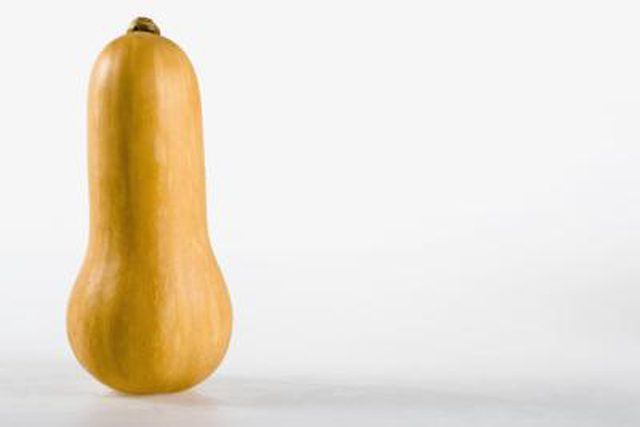Bulbs
Flower Basics
Flower Beds & Specialty Gardens
Flower Garden
Garden Furniture
Garden Gnomes
Garden Seeds
Garden Sheds
Garden Statues
Garden Tools & Supplies
Gardening Basics
Green & Organic
Groundcovers & Vines
Growing Annuals
Growing Basil
Growing Beans
Growing Berries
Growing Blueberries
Growing Cactus
Growing Corn
Growing Cotton
Growing Edibles
Growing Flowers
Growing Garlic
Growing Grapes
Growing Grass
Growing Herbs
Growing Jasmine
Growing Mint
Growing Mushrooms
Orchids
Growing Peanuts
Growing Perennials
Growing Plants
Growing Rosemary
Growing Roses
Growing Strawberries
Growing Sunflowers
Growing Thyme
Growing Tomatoes
Growing Tulips
Growing Vegetables
Herb Basics
Herb Garden
Indoor Growing
Landscaping Basics
Landscaping Patios
Landscaping Plants
Landscaping Shrubs
Landscaping Trees
Landscaping Walks & Pathways
Lawn Basics
Lawn Maintenance
Lawn Mowers
Lawn Ornaments
Lawn Planting
Lawn Tools
Outdoor Growing
Overall Landscape Planning
Pests, Weeds & Problems
Plant Basics
Rock Garden
Rose Garden
Shrubs
Soil
Specialty Gardens
Trees
Vegetable Garden
Yard Maintenance
How to Know When Butternut Squash Is Ready?
How to Know When Butternut Squash Is Ready?. The butternut squash is a winter squash. Allow a winter squash to fully mature on the vine until the skins are very hard. When ready to harvest, they should be cut from the vine, leaving several inches of vine stem on each squash. The extra thick skin of the winter squash allows them to be stored for a...

The butternut squash is a winter squash. Allow a winter squash to fully mature on the vine until the skins are very hard. When ready to harvest, they should be cut from the vine, leaving several inches of vine stem on each squash. The extra thick skin of the winter squash allows them to be stored for a longer period than a thinner-skinned summer squash.
Count 110 days after sowing and mark that date on your calendar. This will give you an approximate date range to begin checking your butternut squash for harvesting.
Observe the squash as they mature. Periodically visit the garden and acquaint yourself with the appearance of the squash. To recognize the changes in a ripe squash, you will need to know what they looked like in the unripe stage.
Note the color changes of the butternut squash. When ripe, the skin will change from light beige to deep tan.
Tap the rind gently. When ready to harvest, the butternut squash’s rind will be much harder than an under-ripe squash.